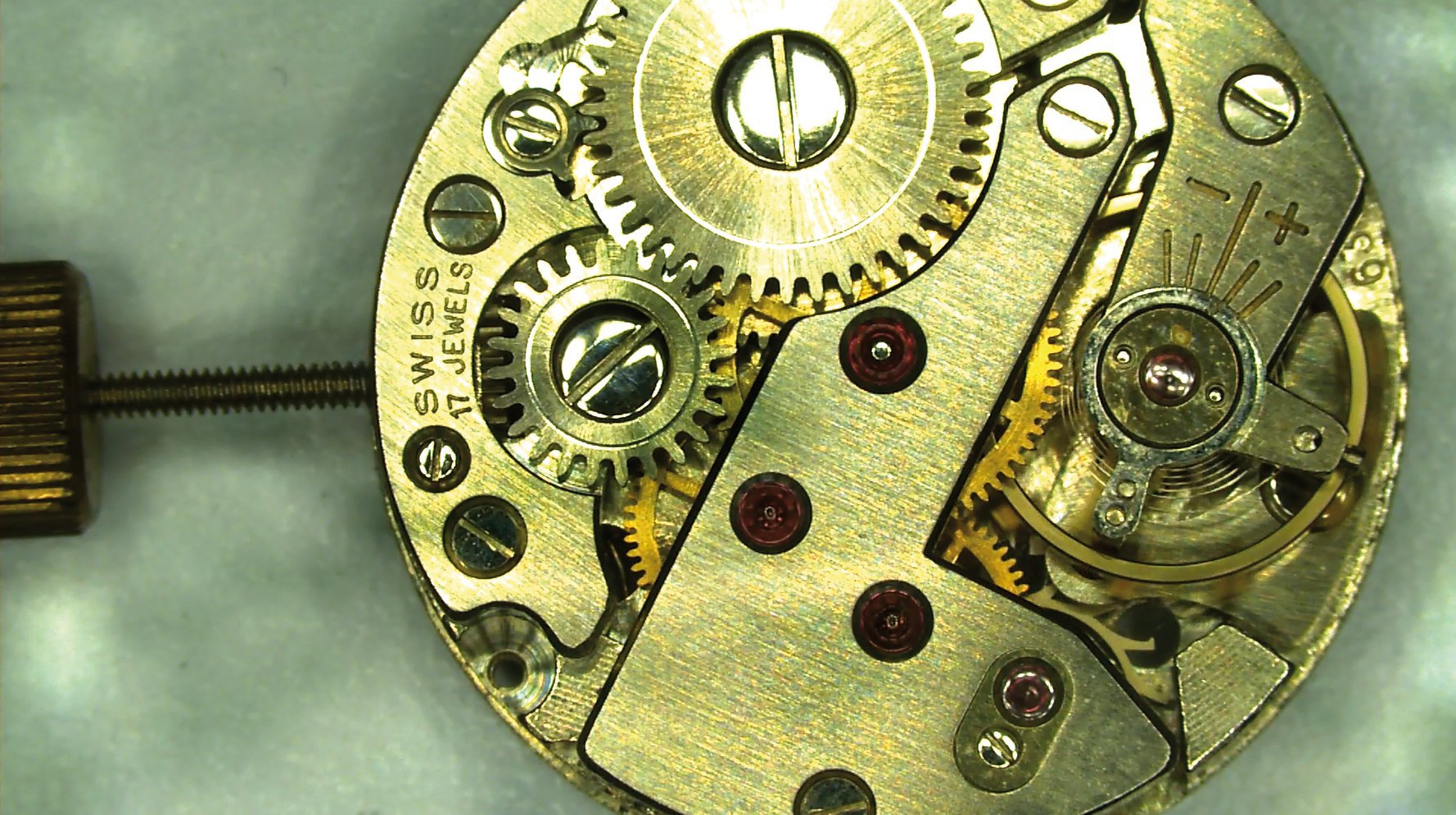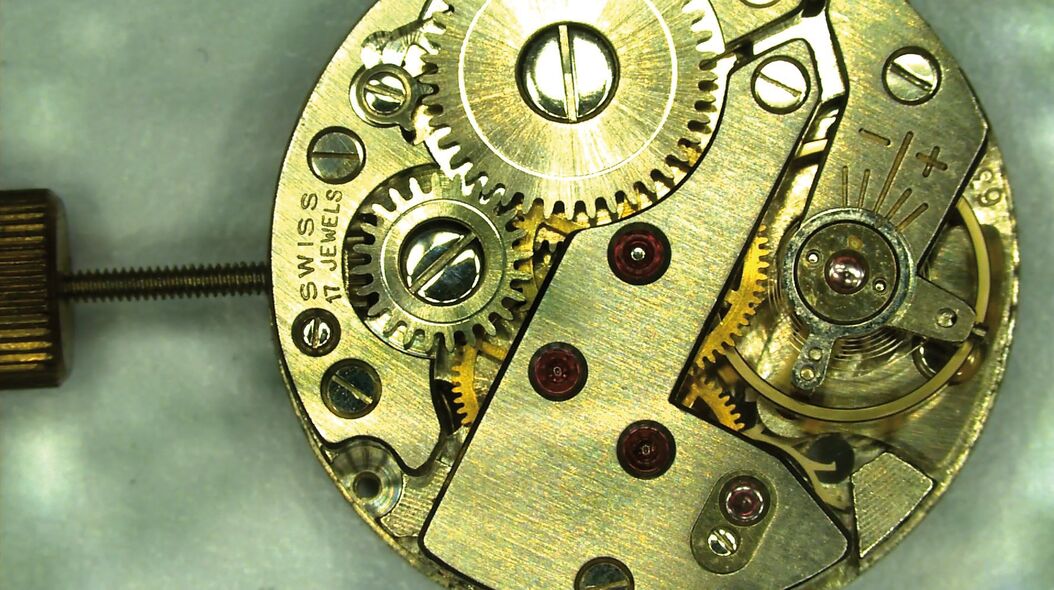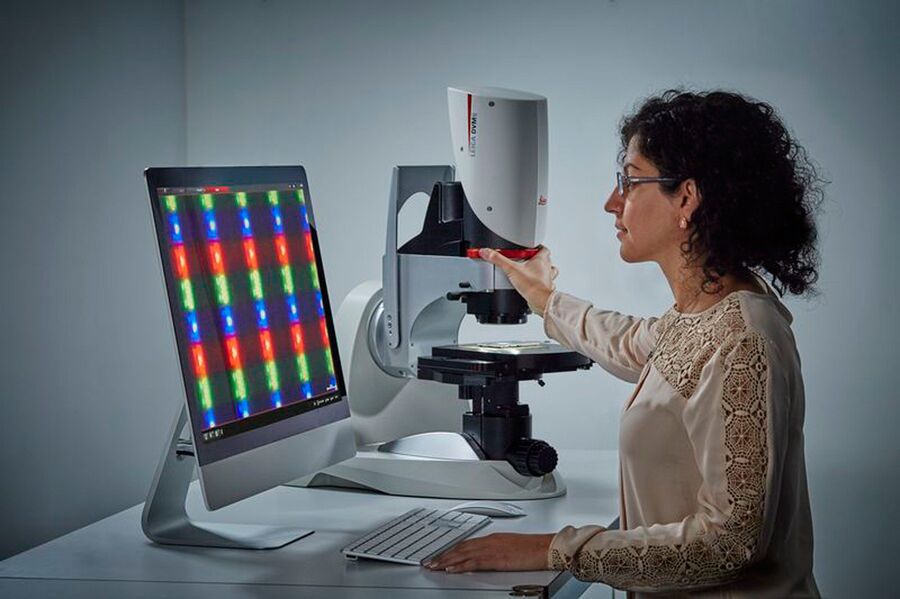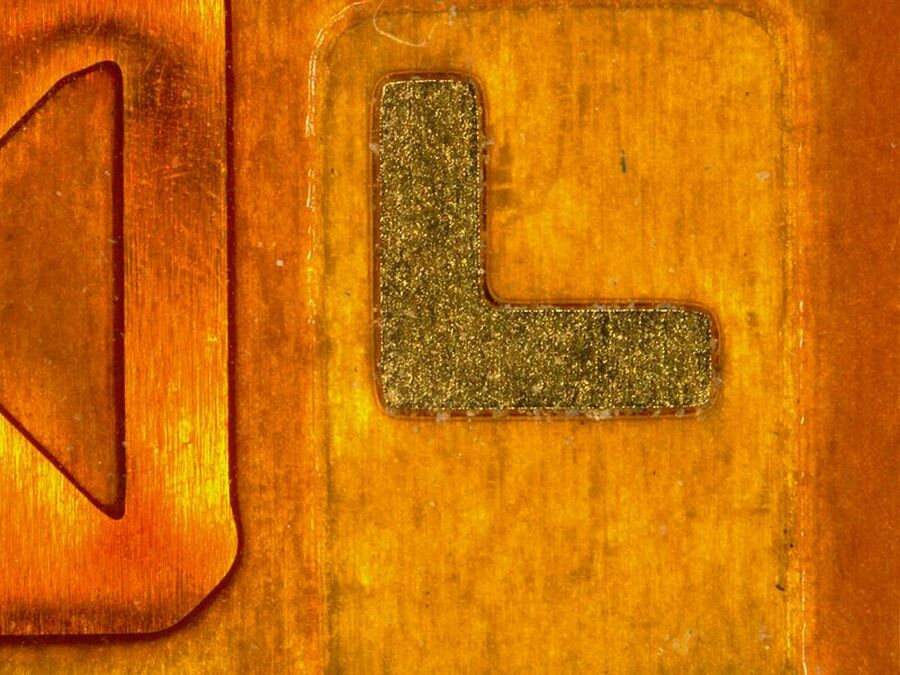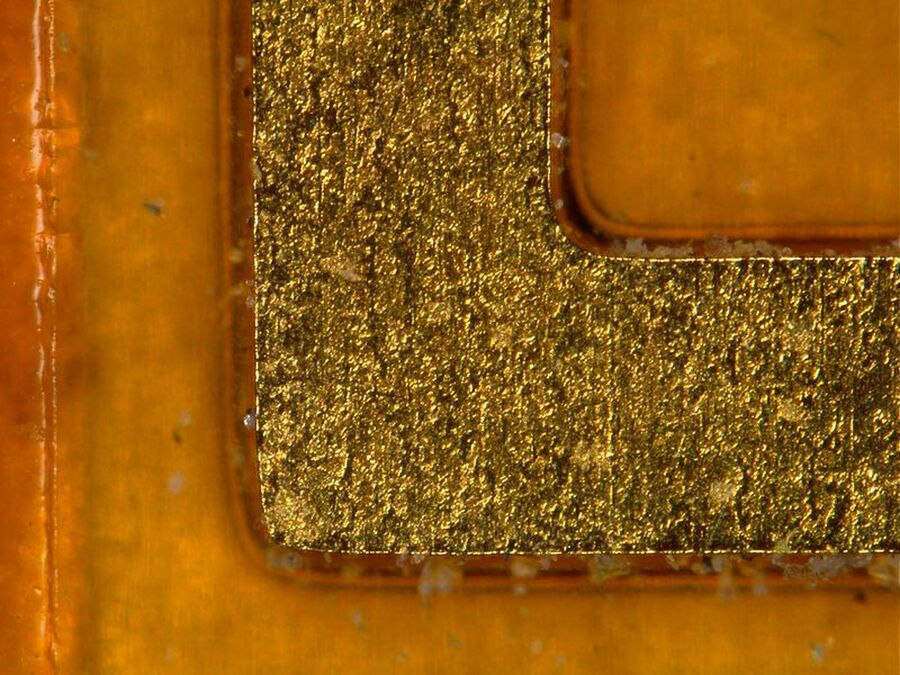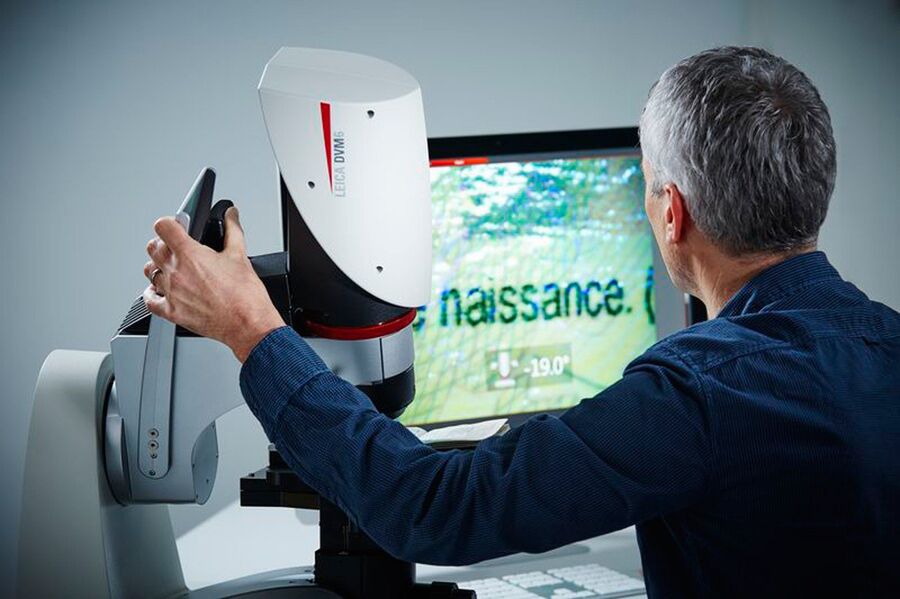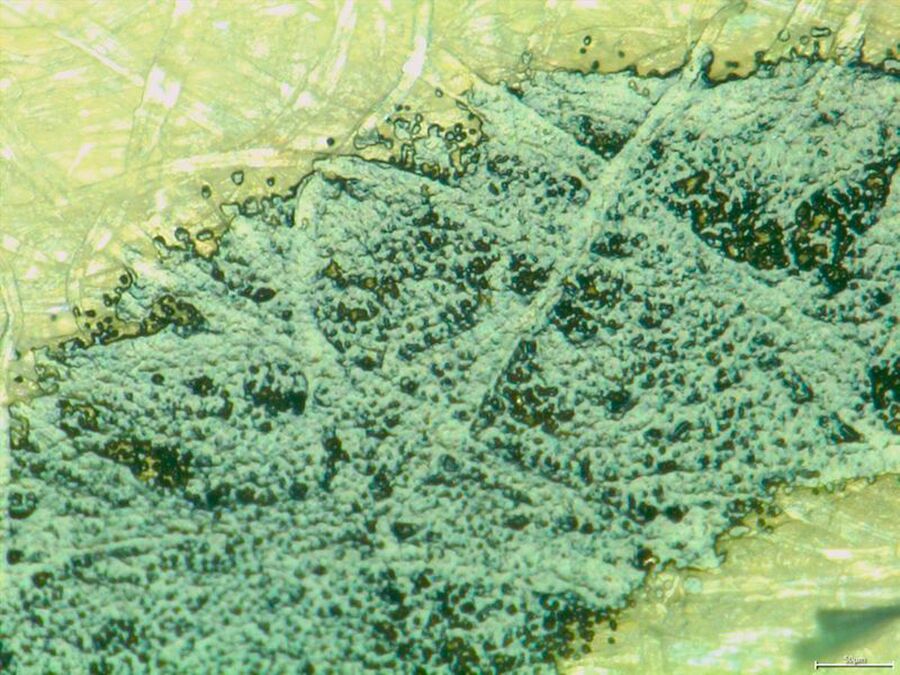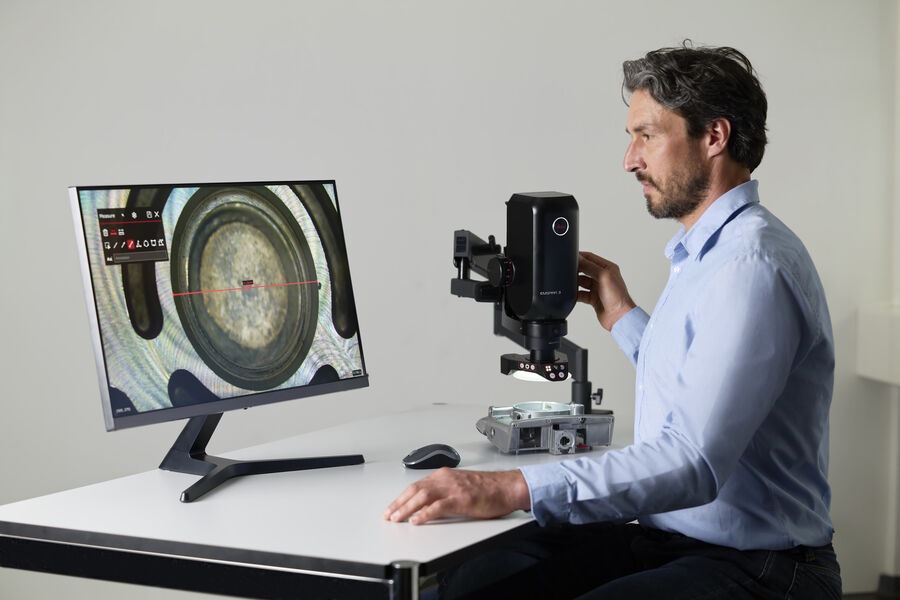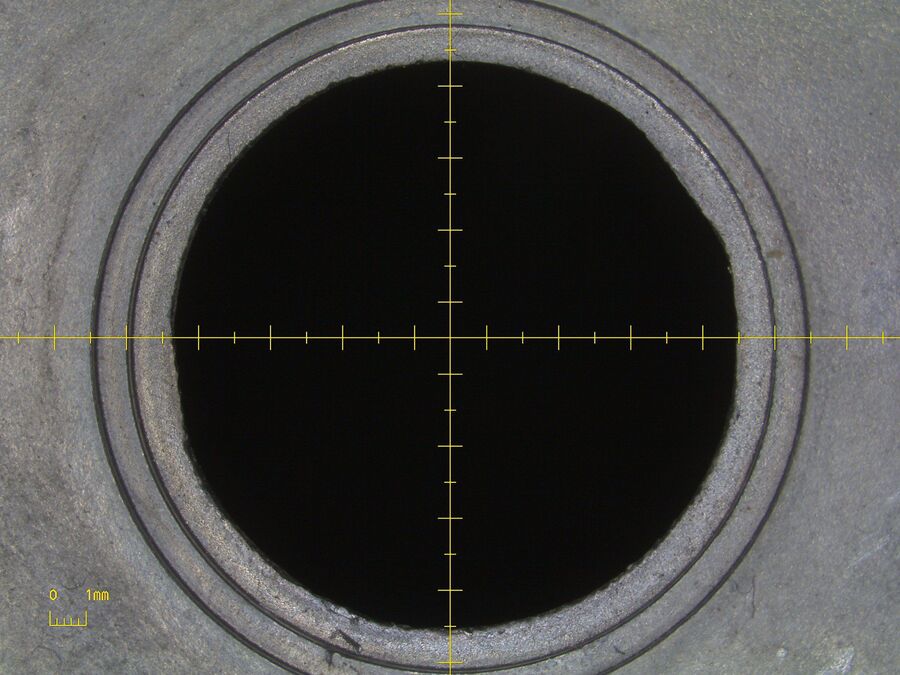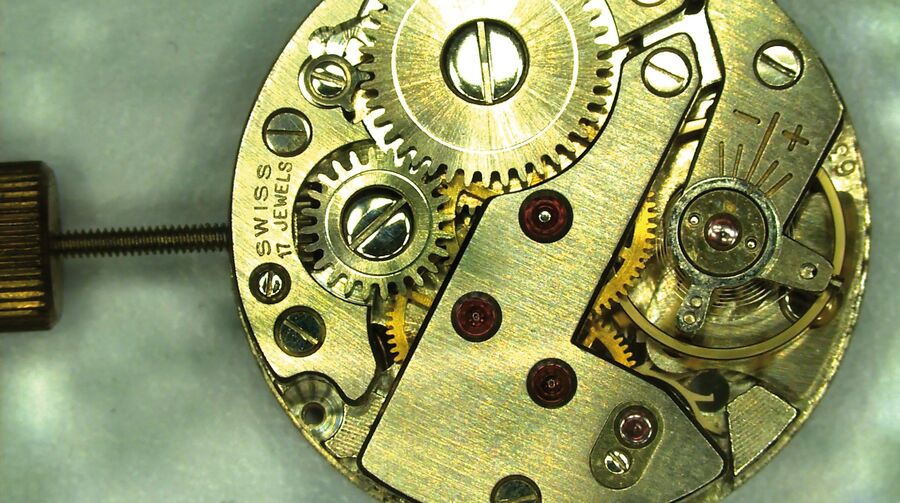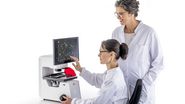What exactly is digital microscopy?
A digital microscope requires an optical microscope to be equipped with a digital camera, but eyepieces are not needed. An image of the sample is observed and analyzed directly on an electronic monitor display. Digital microscopes may also be conventional stereo or compound microscopes that have eyepieces, but are also equipped with a camera, and save feedback information about the microscope status and camera set points. For the remainder of this article we will use the term "digital microscopes" to refer to microscopes without eyepieces, e.g. the DVM6 and Emspira 3, but not stereo or compound microscopes equipped with cameras.
For which applications can I use digital microscopes?
Digital microscopes are ideal instruments for analysis and documentation of parts and samples during research and development (R&D), manufacturing and inspection, quality control and assurance (QC/QA), as well as failure analysis (FA).
What are the advantages of digital microscopes?
The most obvious advantage is the ergonomics of the instrument. Because the image of the sample is displayed on a monitor, users are able to view them immediately and analyze the sample image using software while sitting in a comfortable and relaxed upright position. The ergonomics of digital microscopes are especially advantageous if a high sample throughput has to be dealt with, or if people work with microscopes for a long period of time every day. In addition, many digital microscopes offer software that allows storage of multiple user profiles. This feature is especially beneficial if many different users work with the same microscope – each user can simply select his or her microscope profile and immediately start working with few or no adjustments to the microscope working station.
What are the limitations of digital microscopes?
A very obvious limitation of digital microscopes, compared to e.g. stereo or compound microscopes, is the need for a power connection. Because there are no eyepieces, the image of the sample for digital microscopes is always displayed on a monitor. Thus, the need for at least 1 power cable. In general, digital microscopes also need a connection to a PC or, at least, a viewing screen that comes with the microscope. With traditional microscopes, users still have the option of using eyepieces to get an impression of their sample.
Is the image of a sample seen by digital microscopes comparable to that seen through eyepieces?
In principle, the image is the same. There may be a difference in the field of view depending on the type of digital camera and eyepieces in question. However, there is one important difference: sample observation via the binocular eyepieces of a stereo microscope gives you depth perception you cannot achieve directly with a 2D image of a digital microscope.
Is a digital microscope easier to use than a microscope with eyepieces?
Inexperienced users in particular can obtain images of a sample easier and faster. The main reason is that it takes time to get used to setting up and adjusting a traditional microscope and viewing the sample through the eyepieces.
What does "encoding" mean?
A microscope is "encoded" when its hardware is in direct communication with computer software and when specific parameter values are tracked and saved with the image data. These specific parameters are defined and, therefore, referred to as encoded parameter values. Normally, these encoded parameters can be recalled at the touch of a button to make repetitive workflows and reporting easier.
Do I have to be an expert in microscopy to work with a digital microscope?
No. Digital microscopes can be used by novices to microscopy as well as by microscopy experts. The digital microscopes available from Leica Microsystems are designed for easy, "out of the box" use, minimizing training times as well. They have encoded functions and allow easy reporting, which make repetitive workflows more efficient.
Which components do I need for a digital microscope?
The components depend on the application. The choice of objective lens, for example, will depend on the magnification range needed. You can also choose from a variety of stands and lighting systems.
These questions will help you decide on components or functionalities you need:
- Do you need rapid acquisition of high quality digital images? If so, you will benefit from a high resolution digital camera
- Do you need fast live image display for high sample throughput? If so, the camera should perform at 30 frames per second or faster
- Do you need to look at samples from various angles? If so, tilting the microscope head or rotation of the sample stage are essential for dynamic viewing of processes or objects
- Do you need to analyze samples qualitatively and quantitatively? If so, you should carefully select the software functionalities
- Do you need a balanced image, showing both bright and dark sections clearly? If so, you will find HDR (high dynamic range) functionality helpful, which provides you with exactly this sort of image
